Rear-facing back seats in cars, once a common feature in station wagons and family vehicles, evoke a sense of nostalgia for many. While they may seem unconventional today, these seats served specific purposes and reflected the automotive trends and family dynamics of their time. The history, benefits, and eventual decline of rear-facing back seats in cars offer a fascinating glimpse into the evolution of automotive design.
Historical Context
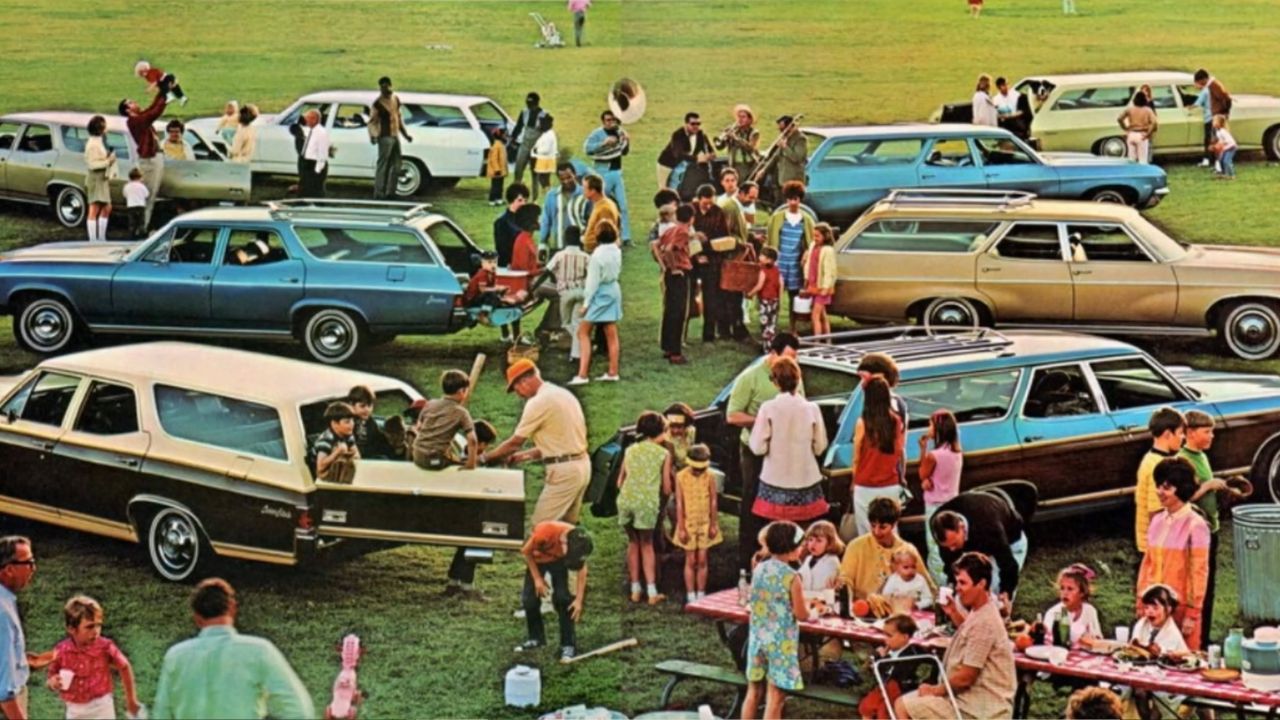
Evolution of Car Designs
The mid-20th century marked a significant era for the automotive industry, particularly with the rise of station wagons and family vehicles. These cars became synonymous with the American family lifestyle, offering ample space and versatility. The inclusion of rear-facing back seats was a design innovation that catered to the needs of larger families, allowing for more passengers without compromising comfort. This design choice was particularly popular in models like the Ford Country Squire and the Chevrolet Kingswood, which became icons of suburban life.
Design trends during this period were heavily influenced by the need to maximize interior space while maintaining a sleek exterior. The rear-facing seat was a clever solution, utilizing the space above the rear axle that would otherwise be wasted. This allowed manufacturers to offer a third row of seating without significantly increasing the vehicle’s length, a crucial consideration in an era when parking space was becoming a premium commodity.
Cultural and Social Influences
The post-war baby boom significantly impacted car design, as families grew larger and the demand for family-oriented features increased. The rear-facing seat became a symbol of this era, reflecting the changing dynamics of family life. As more families took to the road for vacations and long-distance travel, the need for vehicles that could accommodate more passengers comfortably became apparent.
Car manufacturers responded to these societal changes by incorporating features that appealed to the family unit. The rear-facing seat offered a novel experience, particularly for children, who enjoyed the unique perspective it provided. This design choice was not just about practicality; it was also about enhancing the travel experience, making long journeys more enjoyable for everyone involved.
Functionality and Benefits
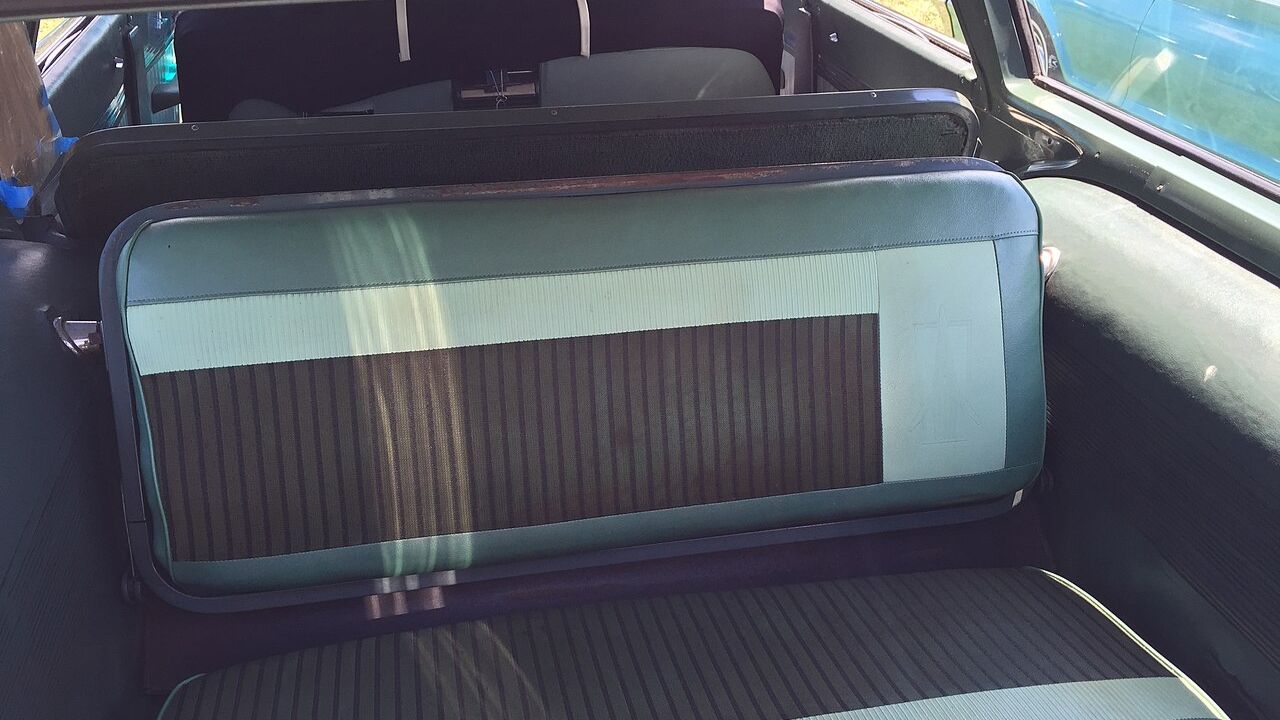
Maximizing Passenger Space
One of the primary benefits of rear-facing back seats was their ability to maximize passenger space. By utilizing the area above the rear axle, these seats allowed for additional passengers without requiring a larger vehicle footprint. This was particularly advantageous for large families or groups who needed to travel together, as it provided an economical solution to the problem of limited seating.
In practical terms, the rear-facing seat transformed the station wagon into a versatile family vehicle, capable of accommodating up to nine passengers in some models. This made it an attractive option for families who needed the flexibility to transport children, friends, and relatives without the need for multiple vehicles.
Enhanced Passenger Experience
The rear-facing seat offered a unique passenger experience, providing a different perspective on the journey. For children, in particular, riding backwards was an exciting novelty, offering a view of the road that was both entertaining and engaging. This seating arrangement also facilitated interaction among passengers, as those in the rear-facing seats could easily converse with those in the forward-facing seats.
Beyond the novelty factor, the rear-facing seat contributed to a more social travel experience. Passengers could enjoy a more communal atmosphere, making long trips more enjoyable and less monotonous. This aspect of the rear-facing seat helped cement its place in the hearts of those who grew up during its heyday, creating lasting memories of family road trips and adventures.
Safety Considerations
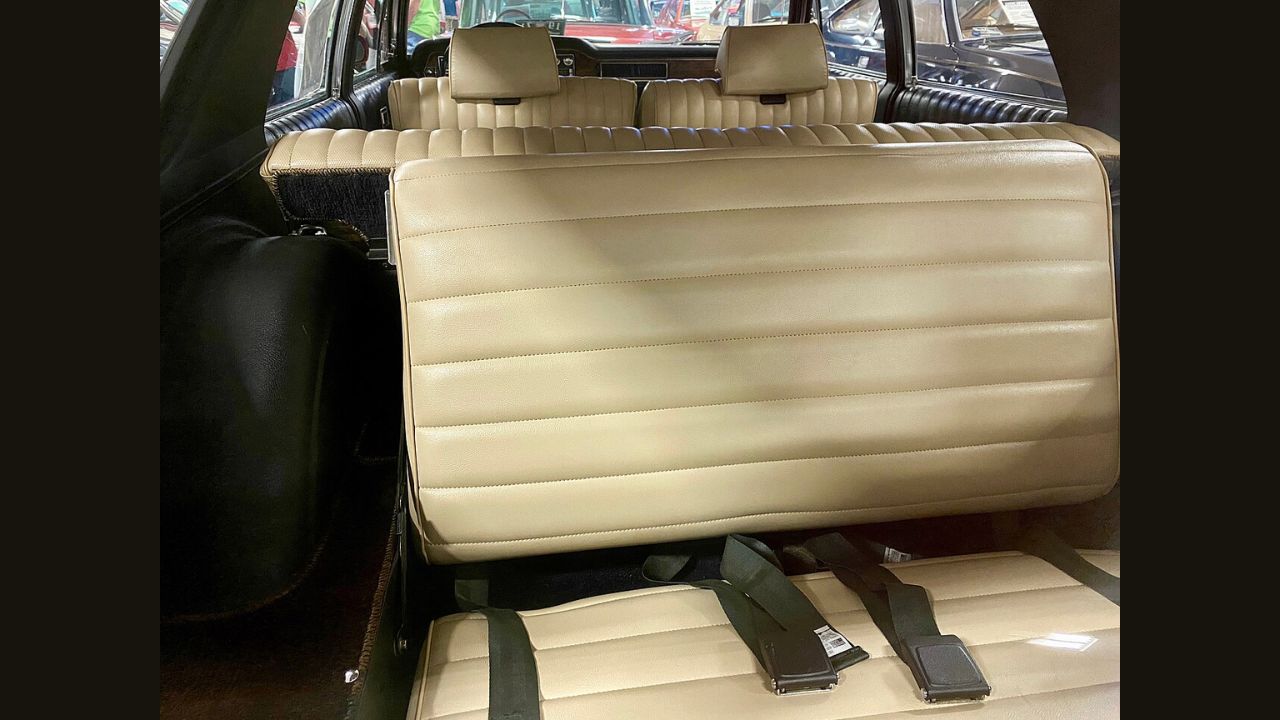
Safety Standards and Concerns
While rear-facing seats offered several benefits, they also raised safety concerns. Compared to forward-facing seats, rear-facing seats presented challenges in terms of crash safety and occupant protection. During the mid-20th century, safety standards were not as stringent as they are today, and the design of rear-facing seats often lacked the structural integrity needed to protect passengers in the event of a collision.
As safety regulations evolved, the limitations of rear-facing seats became more apparent. The introduction of mandatory seat belt laws and the development of advanced safety features highlighted the need for improved occupant protection. This shift in focus ultimately led to a decline in the popularity of rear-facing seats, as manufacturers prioritized safety over novelty.
Impact of Technological Advances
The advancement of car safety technology played a crucial role in the decline of rear-facing seats. Innovations such as seat belts, airbags, and crumple zones significantly improved passenger safety, but also necessitated changes in vehicle design. The integration of these technologies often conflicted with the layout of rear-facing seats, leading manufacturers to phase them out in favor of more conventional seating arrangements.
As car safety technology continued to evolve, the focus shifted towards optimizing the protection of all passengers, regardless of seating position. This led to the development of new seating configurations that prioritized safety and comfort, ultimately rendering the rear-facing seat obsolete in modern vehicle design.
Decline and Modern Perspectives
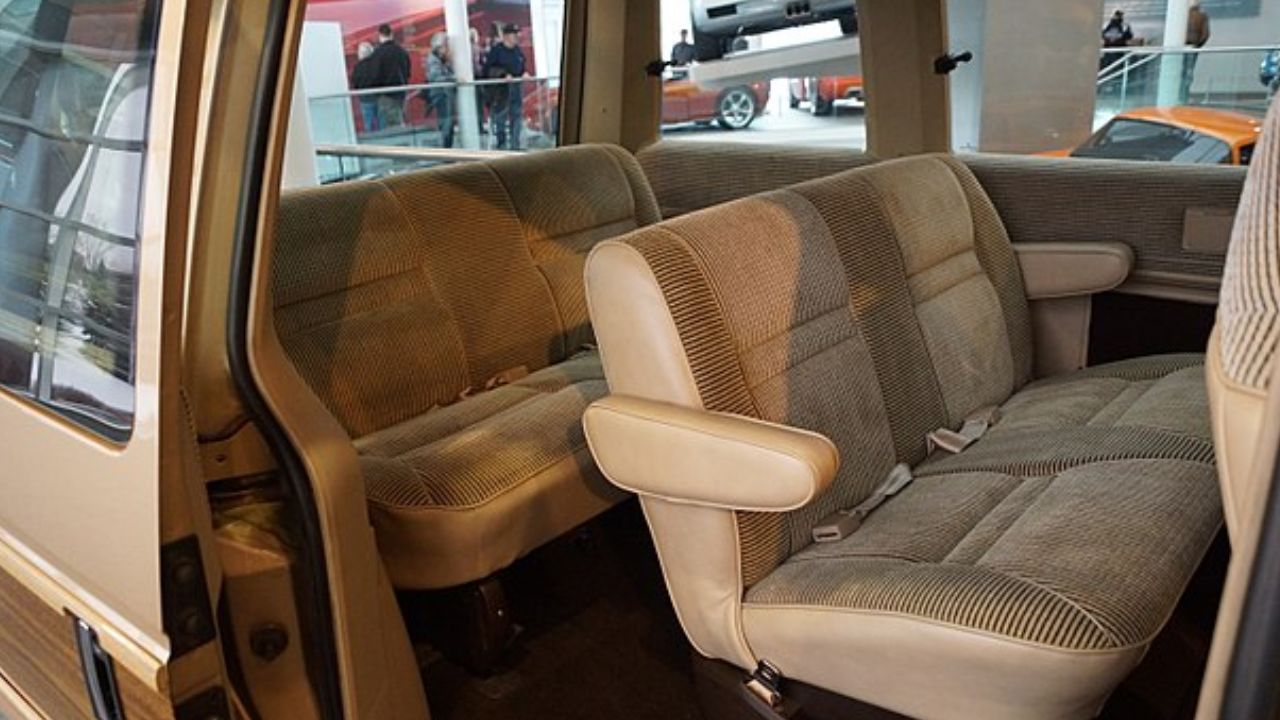
Shift in Consumer Preferences
The decline of rear-facing seats can also be attributed to changing consumer preferences. As the automotive market evolved, so too did the demands of consumers. The rise of SUVs and minivans in the late 20th century offered new seating configurations that better suited the needs of modern families. These vehicles provided ample space and flexibility, making the rear-facing seat less relevant.
Consumer preferences shifted towards vehicles that offered a combination of safety, comfort, and convenience. The traditional station wagon, once the staple of family transportation, was gradually replaced by more versatile and feature-rich options. This shift in demand ultimately led to the decline of rear-facing seats, as manufacturers adapted to meet the needs of a changing market.
Current Trends and Nostalgia
Despite their decline, rear-facing seats remain a nostalgic feature for car enthusiasts and collectors. Many people fondly remember the unique experience of riding backwards, and these seats have become a symbol of a bygone era. Some modern car designs have even embraced retro aesthetics, incorporating elements reminiscent of classic vehicles, including the occasional nod to rear-facing seats.
While it is unlikely that rear-facing seats will make a significant comeback in mainstream vehicle design, their legacy continues to influence the automotive industry. As manufacturers explore new concepts for autonomous and family-friendly vehicles, the principles of maximizing space and enhancing passenger experience remain relevant. The nostalgia associated with rear-facing seats ensures that they will always hold a special place in the history of automotive design.
Legacy and Impact on Automotive Design
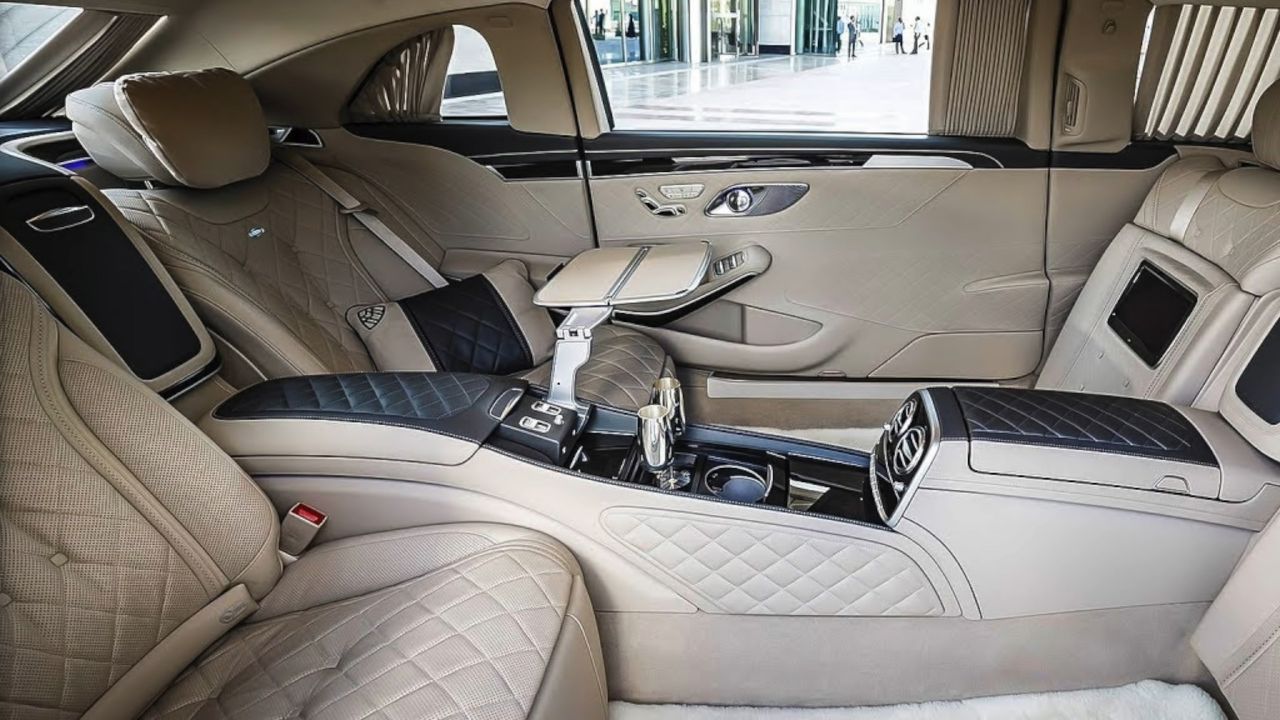
Influence on Future Designs
The concept of rear-facing seats has left a lasting impact on automotive design, influencing modern innovations and future possibilities. As the industry moves towards autonomous vehicles, the focus on passenger comfort and interaction is becoming increasingly important. The principles behind rear-facing seats, such as maximizing space and enhancing the travel experience, continue to inspire new seating configurations and design concepts.
In the context of autonomous vehicles, the potential for flexible seating arrangements is vast. Designers are exploring ways to create more social and interactive environments within cars, drawing on the legacy of rear-facing seats to inform their designs. This influence ensures that the spirit of rear-facing seats will continue to shape the future of automotive design.
Cultural Impact and Memories
Rear-facing seats hold a special place in the cultural memory of many who grew up with them. They evoke a sense of nostalgia and fondness, reminding people of family road trips and childhood adventures. Personal anecdotes and stories from those who experienced these seats first-hand highlight their enduring impact on the collective consciousness.
The cultural significance of rear-facing seats extends beyond their practical function. They represent a time when family travel was an adventure, and the journey was as important as the destination. This legacy continues to resonate with car enthusiasts and collectors, ensuring that rear-facing seats remain a cherished part of automotive history.
Like Fast Lane Only’s content? Be sure to follow us.
Here’s more from us:
*Created with AI assistance and editor review.


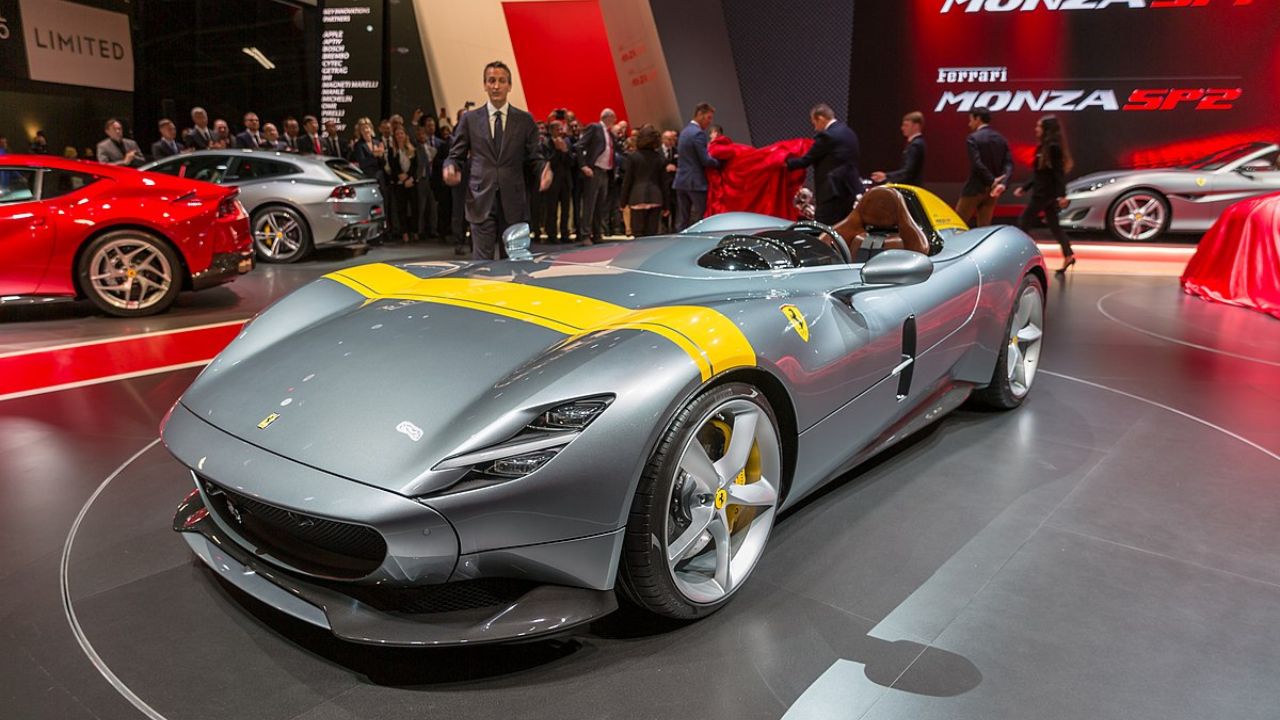
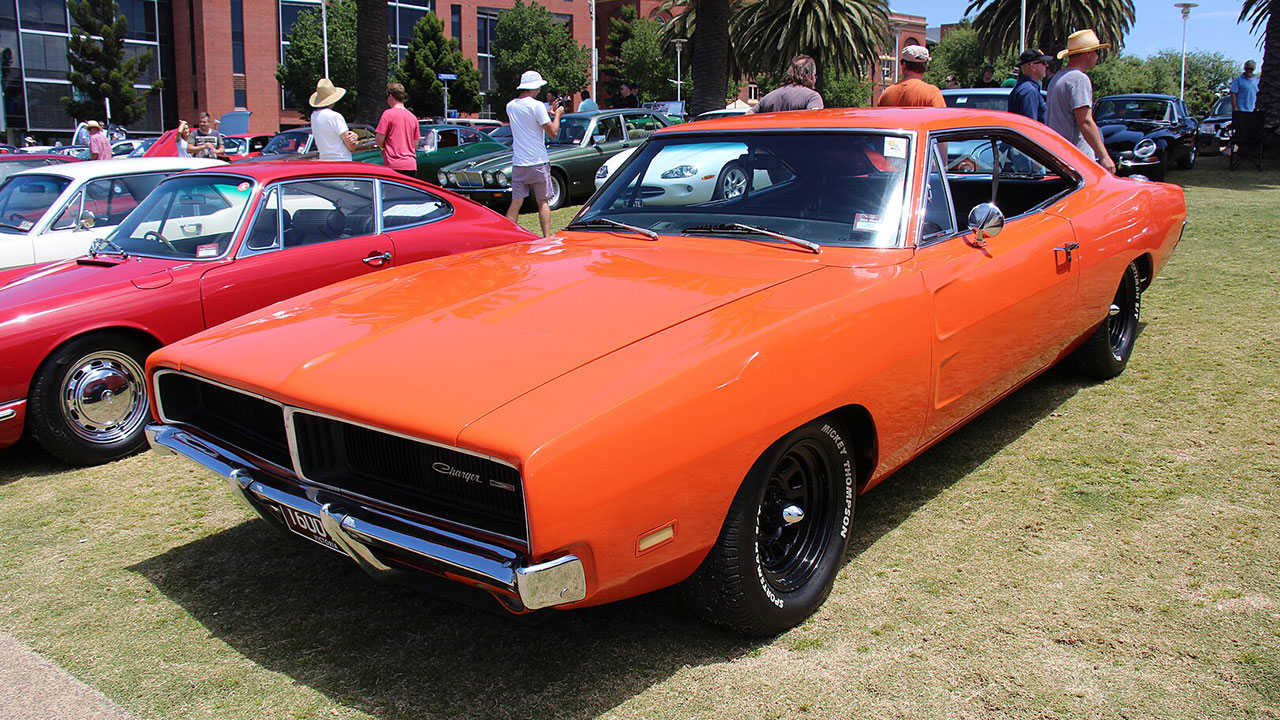
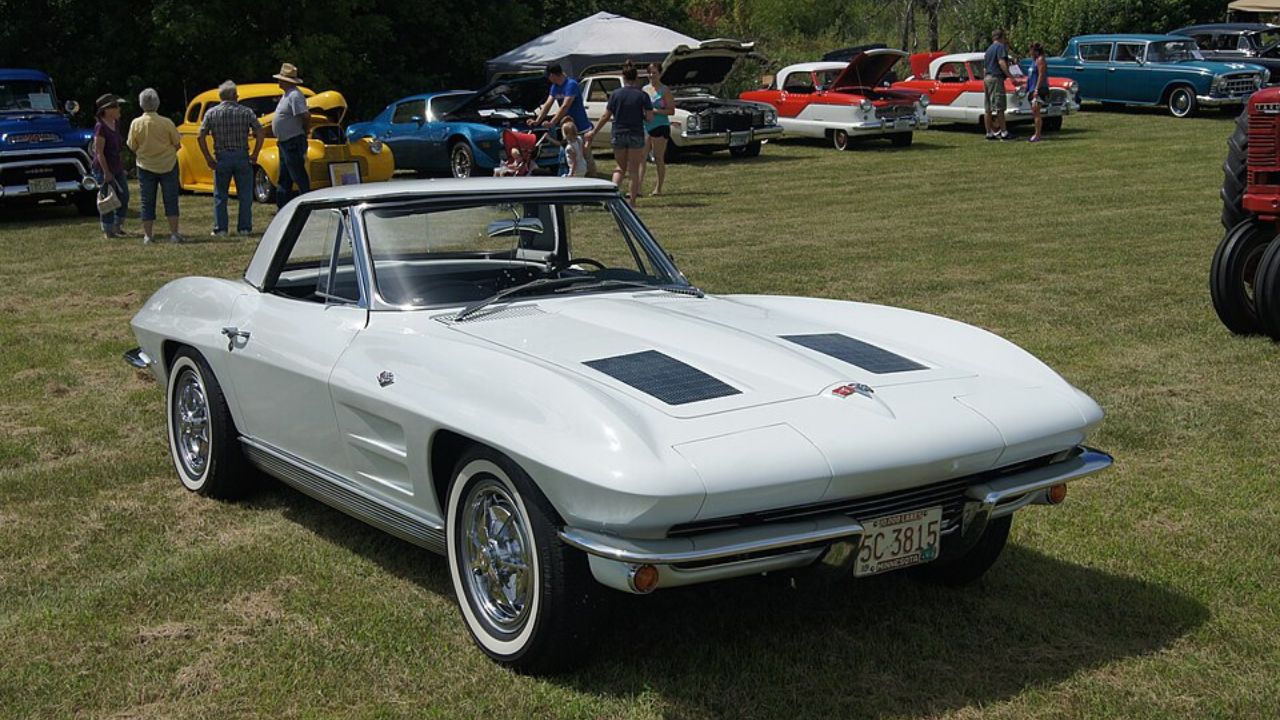

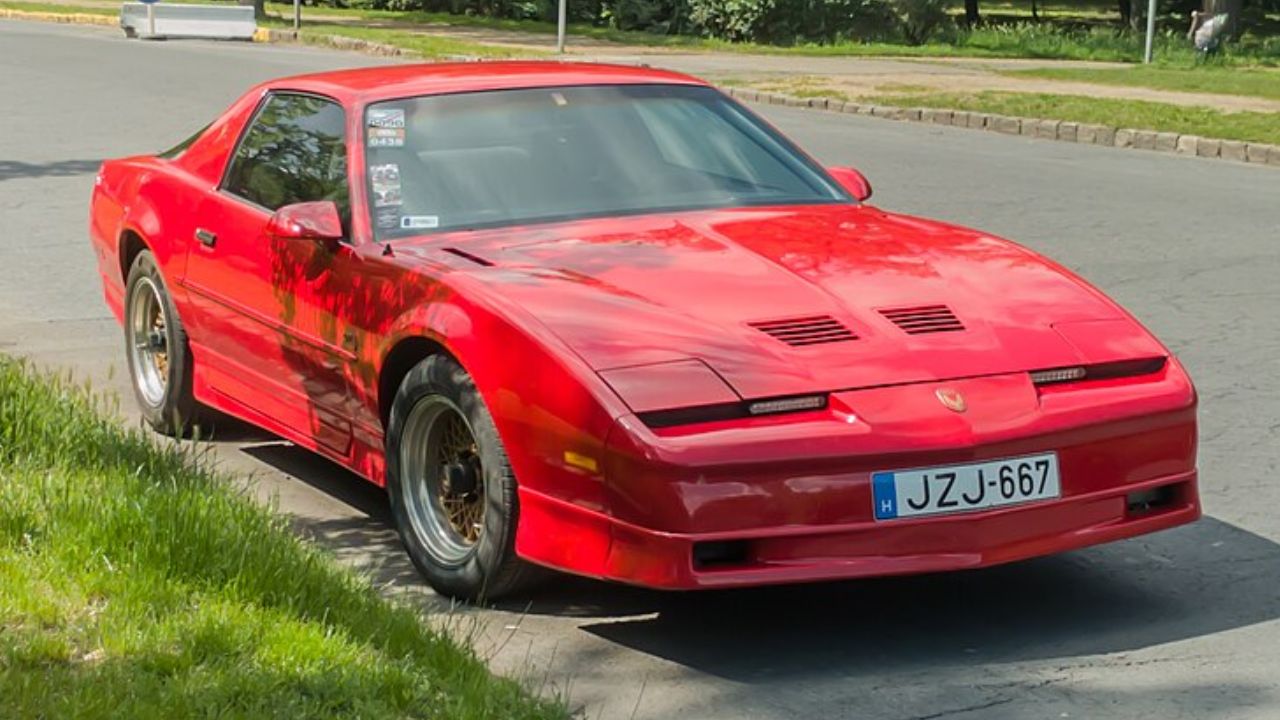
Leave a Reply